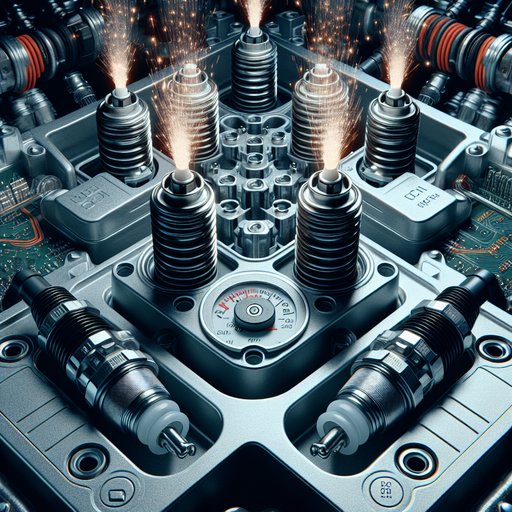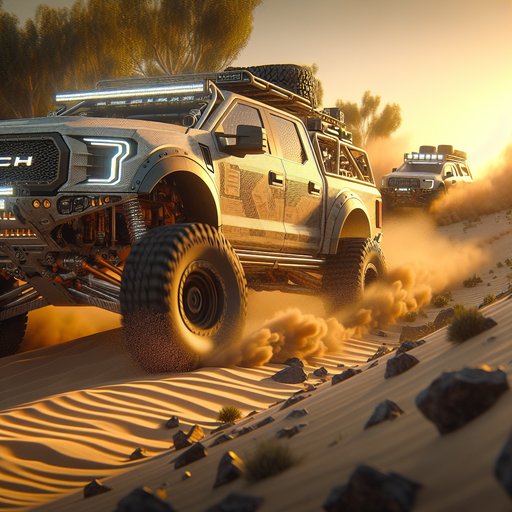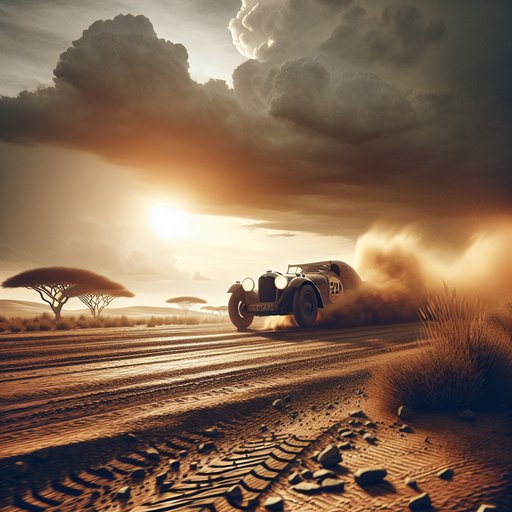
Ignition systems must light mixtures reliably across cold starts, idle EGR, high-rpm, and boosted full-load. Coil‑on‑plug (COP) architectures shorten the high-voltage path and allow per‑cylinder control, but success hinges on precise dwell management, suitable spark plugs, and robust diagnostics. Under boost, higher in‑cylinder pressure pushes breakdown voltage and energy demand up, stressing coils and plugs. Modern ECUs juggle battery voltage, temperature, lambda, and rpm to maintain spark energy without overheating coils. Meanwhile, on‑board misfire detection protects emissions hardware and guides service. This overview links COP hardware, dwell strategy, plug design, boosted ignition needs, and misfire monitoring into a coherent picture.

Off-road rally calendars and showroom floors are converging as automakers lean into tougher, more trail-ready pickups. Factory-supported teams are proving durability at desert enduros and navigation rallies, while new trims arrive with long-travel suspension, armored underbodies, and integrated overlanding gear. The result is practical capability that matters now: buyers can step into trucks that need fewer aftermarket mods, and weekend adventurers can trust components validated in competition.

From Catalonia to Florida and Brussels, museums are foregrounding the automobile as a surrealist muse, pairing dreamlike paintings with stagey, rain-soaked cars. The Dalí Theatre-Museum’s enduring ‘Rainy Taxi’ anchors the conversation this season, while the Dalí Museum in St. Petersburg keeps its kin installation running to steady crowds. Centennial surveys in Europe have added historical ballast, revisiting the 1930s when artists first invited vehicles into the unconscious. Together, these shows map how car culture slips from the street into the gallery—part object of desire, part psychological prop—and how curators are using it to bridge art history with contemporary audiences.

Born as the 1953 Coronation Safari and later a World Rally Championship classic, the Safari Rally forged its reputation by combining extreme distance, unpredictable weather, rough terrain, and minimal margin for error. It demanded durability from cars and relentless discipline from crews.